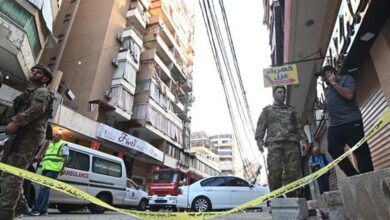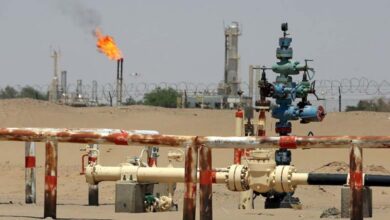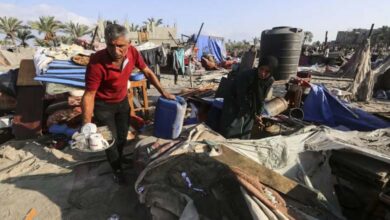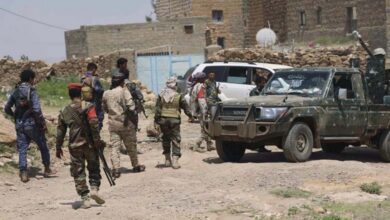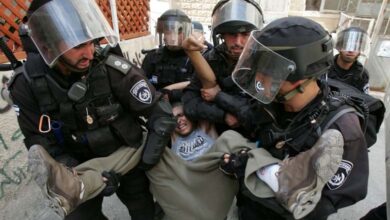The Doha Attack and Gaza Negotiations: Towards a Faster Deal or a Prolonged Deadlock?
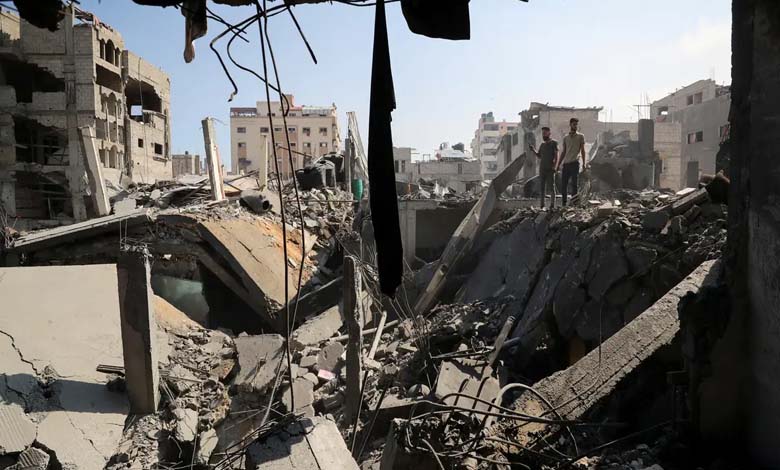
Just as ceasefire negotiations over Gaza appeared to be nearing a decisive turning point, Israel’s strike on Hamas leaders in Doha has thrown the process into greater uncertainty.
According to observers, Tuesday’s Israeli air raid targeting senior Hamas officials in Qatar marked a significant escalation that could obstruct efforts to end the war in Gaza and secure the release of hostages, Associated Press reported.
-
Israelis Appeal to Trump to End the Gaza War, Having Lost Faith in Netanyahu
-
Gaza Between the Tents of Hunger and the Shadow of 1948: Is Another Nakba Looming?
The strike could also ignite a diplomatic crisis with Qatar, a key U.S. ally that hosts thousands of American troops and has served for years as the main mediator between Israel and Hamas, long before the current war.
Hamas claimed its senior leaders survived, acknowledging only the deaths of two lower-ranking members — the son of Khalil al-Hayya, the head of Hamas in Gaza, and his chief of staff — as well as three bodyguards. As in previous cases, the group offered no immediate evidence that its top leaders were still alive.
-
Humanitarian zone in Khan Younis: evacuation southwards as Gaza operations expand
-
Gaza Truce: Washington Delivers Principles of a Comprehensive Deal to Hamas via Israeli Mediator
Qatar strongly condemned the Israeli attack on residential compounds housing Hamas political officials. In a statement published on X by Foreign Ministry spokesman Majed al-Ansari, Doha denounced the strike as a “criminal assault” and “reckless behavior” that violated international law and posed a serious threat to the safety of Qatari citizens and residents.
Qatar also reported that one of its internal security officers was killed and several others injured. The attack triggered widespread Arab and international condemnation, with many describing it as a “blatant violation.”
-
Gaza War: 700 Days of Bombardments, Displacement, and Famine
-
Israel warns Gaza tower residents before targeting it and calls for evacuation of the city
Impact on ceasefire talks
Israeli Prime Minister Benjamin Netanyahu pledged to continue the war until all hostages are returned and Hamas is disarmed. He insisted that Israel would maintain open-ended security control over Gaza until those objectives are met.
Meanwhile, mass protests have erupted inside Israel, where demonstrators accuse Netanyahu of prolonging the conflict for political gain. Protesters demand a ceasefire that ensures the hostages’ return and fear that further escalation could endanger their lives, as many are believed to be held in tunnels and other secret locations.
-
Before the Battle to Invade Gaza… Israel Between Military Mobilization and Soldiers’ Reluctance
-
Bloody night in Gaza: 13 killed in dawn airstrikes as tanks storm the city
Earlier this week, U.S. President Donald Trump announced he was delivering a “final warning” to Hamas, even as Israel began the early stages of another large-scale assault on Gaza City.
Hamas confirmed it had received a new U.S. ceasefire proposal calling for the immediate release of all remaining hostages in exchange for negotiations on ending the war and withdrawing Israeli troops. Israel publicly accepted the deal, but senior Hamas official Bassem Naim dismissed it as a “humiliating surrender document” that offered no guarantees of ending the war or withdrawing Israeli forces. Hamas nevertheless pledged to discuss the proposal with other armed factions and respond within days.
These talks were underway when the explosions hit Doha, Hamas political bureau member Salim al-Hindi confirmed.
-
Washington Considers a Ten-Year Trusteeship Over Gaza
-
Israeli Army Faces Fierce Resistance in Gaza Outskirts
Possible scenarios: Hamas’ next move
According to Associated Press, the Doha attack further complicates the negotiations, especially as Hamas already harbors deep mistrust of the U.S. and Israel after Israel unilaterally ended the Trump-brokered ceasefire in March.
The Qassam Brigades, Hamas’ military wing led by Izz al-Din al-Haddad, are expected to make the final decision regarding the hostages held inside Gaza. The strike could prompt surviving leaders to tighten communication further, slowing negotiations even if they continue.
For Hamas, the hostages remain the last bargaining chip, and the group insists on Palestinian prisoner releases, a permanent ceasefire, and Israeli withdrawal in exchange.
It is believed that 48 hostages remain in Gaza, about twenty of them still alive, after most others were released under previous deals.
-
Three scenarios closing in on Gaza after the war
-
Israel launches the first stages of its offensive on Gaza City and rules out any humanitarian pause
Timing and significance
The strike came as Hamas leaders in Doha were reviewing the new U.S. proposal. The White House confirmed that Israel had informed Washington beforehand, but Trump distanced himself from the decision, posting on social media that “this was Prime Minister Netanyahu’s call, not mine,” and adding that the strike on Qatar “serves neither Israel’s nor America’s interests.”
Most senior Hamas leaders in Gaza have already been killed, but part of the group’s leadership has long resided abroad, particularly in Qatar and Turkey. Although Israel had threatened to target leaders wherever they were, it had until now refrained from striking Qatar, likely due to its close ties to Washington and its mediation role.
-
Netanyahu’s New Gaza Strategy: Seven Reasons It Risks Failure
-
Political Analyst: Israel’s Starvation Policy in Gaza Is a Full-Fledged War Crime
Since its founding in the 1980s, Hamas has survived repeated assassination attempts on its leadership, but it has never faced an attack of this magnitude outside Gaza.
The war, triggered by Hamas’ October 7, 2023 assault on Israeli towns — which killed 1,200 people and led to 251 hostages being taken — has since claimed more than 64,000 Palestinian lives, according to Gaza’s Health Ministry. Entire neighborhoods have been flattened, 90 percent of the enclave’s two million residents displaced multiple times, and parts of the territory pushed to the brink of famine.


